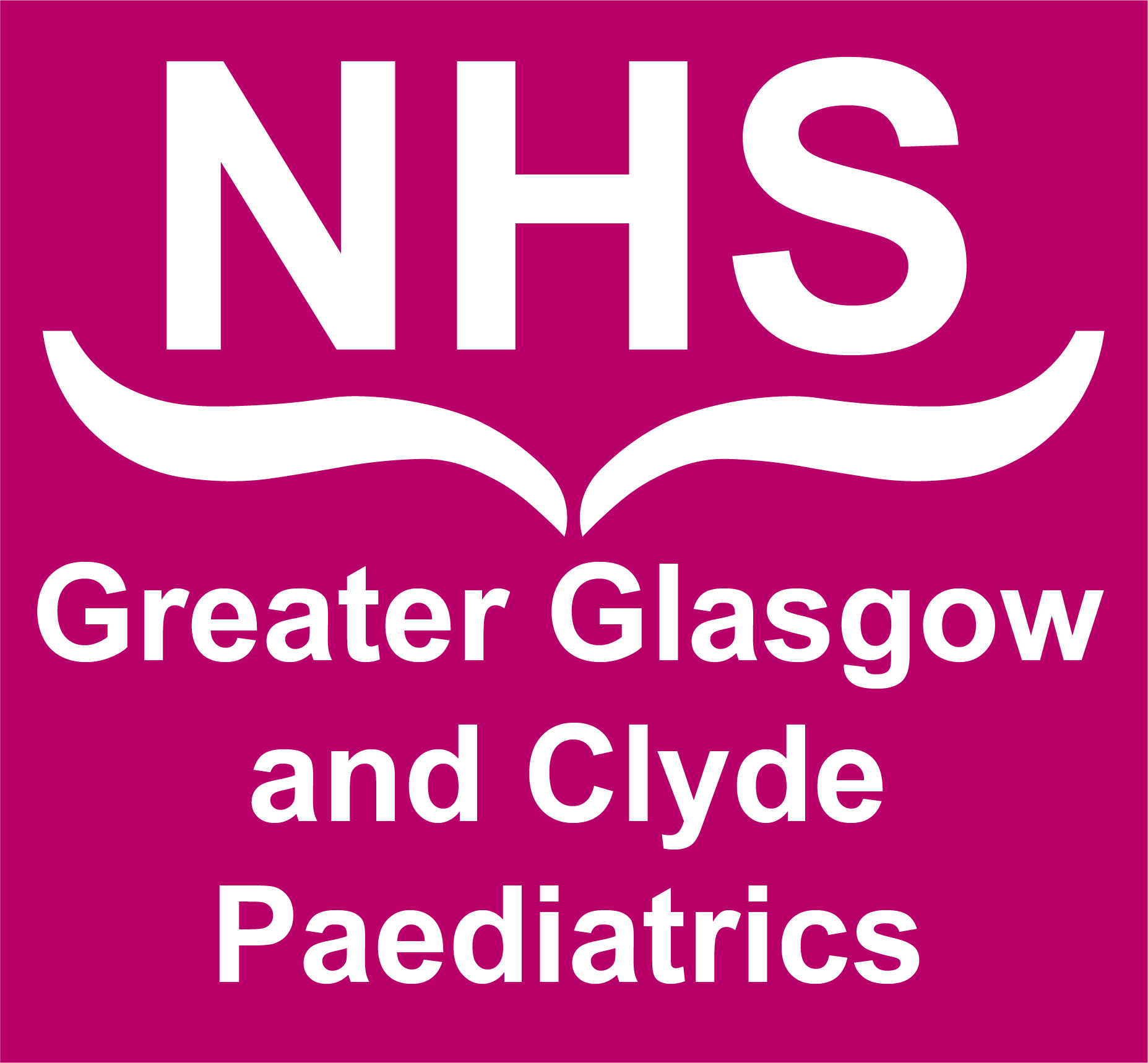Antibiotic Prophylaxis for Paediatric Surgery (228)

What's new / Latest updates
04/06/2025:
1. Change to blood loss advice to give advice on when to redose certain antibiotics
2. Change to ENT section for psedumonas colonisation (change to single agent Piperacillin-tazobactam)
3. Change in advice for antibiotic post surgery for ENT section closure of trachemostomy fistula
4. Change in calculation of IBW to align with advice in rest of paediatrics.
5. Change in hypospadias section to add gentamicin prophylaxis for stent procedures.
RHC Antibiotic Prophylaxis for Paediatric Surgery v1.5 (pdf)
Background and purpose
The aim of antibiotic prophylaxis in surgery is to minimise the risk of surgical site infection and associated complications reducing morbidity and mortality. The antibiotic selected must cover the expected pathogens for that operative site.
The timing of the first dose in relation to skin incision is critical. In all cases where antibiotic prophylaxis is indicated, this must be given BEFORE skin incision. For most agents, unless otherwise stated, administration NOT MORE THAN ONE HOUR before skin incision is recommended.
The selected regimen for prophylaxis should maintain adequate antibiotic levels for the duration of the procedure and dosing should reflect standard doses for the treatment of susceptible organisms.
Redosing (where indicated) promotes safe and effective surgical prophylaxis. Recommendations for redosing is indicated within the guideline. Decisions around redosing should be made on an individual patient basis taking account of the risks and benefits of repeat dosing. Patients with complex management requirements should be discussed with ID/microbiology in advance to ensure redosing is safe and appropriate.
Where blood loss greater than 25ml/kg (or 1500ml) has occurred an additional intra-operative dose is indicated.
There is little evidence to support prophylaxis past the period of operation and recovery of normal physiology following anaesthesia in most cases. Further details for individual procedures can be found within the guidance.
The scope of this guidance does NOT cover the treatment of post-operative infection. Where treatment is required, please review antibiotic choice, based on cultures and sensitivities where known, and follow BNF for children and/or West of Scotland neonatal guidelines for guidance on treatment doses in neonates.
Indications for prophylaxis
Health Improvement Scotland (HIS) and the Scottish Antimicrobial Prescribing Group (SAPG) include recommendations for surgical antibiotic prophylaxis in children within their guidance, Surgical antibiotic prophylaxis in adults and children in NHS Scotland.
Prophylaxis is generally recommended in the following types of surgery:
- Clean surgery involving the placement of a prosthesis
- Clean-contaminated surgery
- Contaminated surgery
Antibiotic prophylaxis should not routinely be used for clean non–prosthetic uncomplicated surgery.
Methicillin Resistant Staphylococcus Aureus (MRSA) and Carbapenemase Producing Organisms (CPOs) and other multi-drug resistant organisms (MDROs)
MRSA:
Patients with a positive skin screen for MRSA should undergo skin and nasal decolonisation therapy according to the NHS GGC MRSA decolonisation pathway and receive surgical prophylaxis as indicated in the regimens below. An antibiotic with activity against MRSA should be selected for prophylaxis, even if MRSA is not detected on re-screening after topical decolonisation therapy has been carried out.
CPO:
Prophylaxis against CPO should be considered for patients undergoing surgery with a current systemic CPO infection. For patients colonised (including history if most recent screen negative) with CPO, targeted prophylaxis should be considered for where the surgical site breaches the lower GI tract (e.g. colorectal surgery) or where surgical site infections may be caused by contaminating organisms from the lower GI tract (e.g. renal or urological procedures).
In the above instances, please contact Microbiology for advice on antimicrobial choice.
Other MDROs
Patient with a history of an MDRO should be discussed with Microbiology to select appropriate prophylaxis regimens based on known microbiology and type of surgery.
Dosing in obesity
The majority of medicines do not require dose adjustments for obesity, however caution should be exercised when prescribing in extremes of weight. For antimicrobial prophylaxis in children with a BMI >30kg/m2 OR weight >98th centile for age, gentamicin should be dosed based on Ideal body weight (IBW). IBW is calculated by measuring weight at corresponding height centile using RCPCH growth chart.


